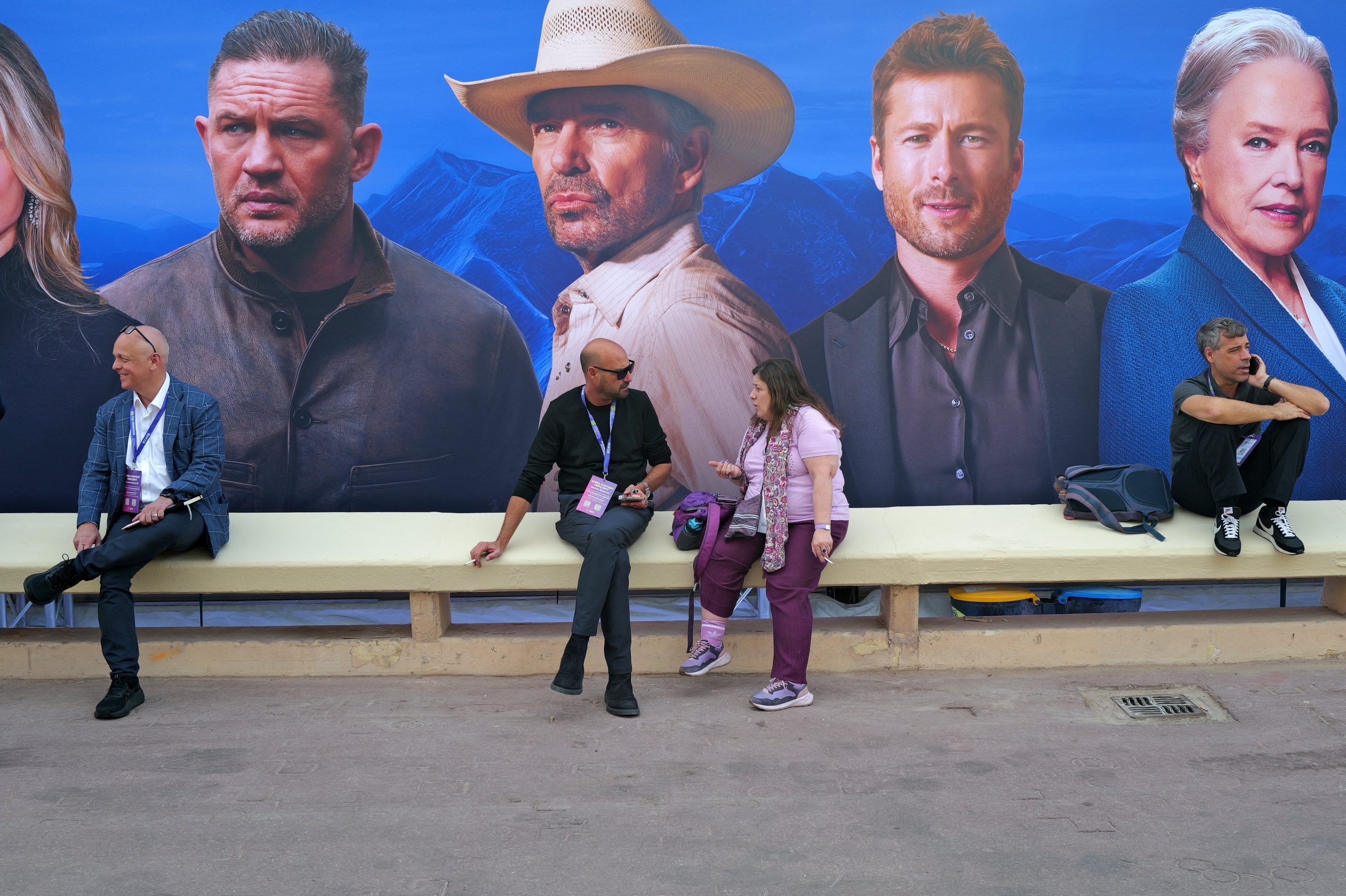YouTube may have been the official partner at MIPCOM this year, but AI was the unofficial winner. I attended MIPCOM in Cannes, France this year for the first time, and as someone who doesn’t use generative AI in my daily life, let alone my writing or storytelling, the message to me was clear: Get on board or be left behind. AI is coming for television whether I like it or not.
MIPCOM, the long-running annual global trade show for television and digital media, celebrated its 40th year last week in partnership with YouTube, furthering the bridge between the creator economy and traditional TV shows. Many influencers have already made the jump to our living room TVs—MrBeast, Lilly Singh, and others have leveraged YouTube fame as a springboard to more mainstream TV shows—and it’s clear the industry sees them as light bearers for acquiring YouTube talent with built-in audiences. But AI feels different. While the gates are opening for content creators to reach wider audiences, AI can play a different kind of numbers game: Like a podcast company churning out 3,000 episodes of AI-generated content per week, most episodes can fail and it could still be a worthwhile return on the investment.
One talk I attended, titled “Infinite Creativity: Storytelling in the Imagination Age,” put it this way: Even if 99.99% of AI-generated videos are poorly received slop, the remaining .01% is still more content hours than Hollywood can produce each year. Other panels echoed the same sentiment, with session titles like “Monetizing Content in the Age of AI,” “Next in AI: Creative Innovation Showcase,” and “Nurturing Future Creative Leaders With AI.”
One company, LoglineAI, described as an “AI-led creative studio,” invited me in an email to “explore the future of storytelling.” Their value proposition is using AI to “deliver character consistency, multi-lingual dubbing with adaptive lip-sync, and emotion-aware visual storytelling, enabling faster, smarter, and scalable content production.” I would have considered it bunk had I not attended so many sessions highlighting the success of AI-generated content. Like me, you may not know that “slopcore” content could be so popular.
Vertical video—that is, anything meant to be viewed on a smartphone, like TikTok or Reels—is where AI-generated content has seen most of its success, and vertical micro dramas are already taking off in international markets. These short series typically run one to two minutes, with fast-paced drama often meant to be over-the-top and easy to digest. In one example, I saw a screening of a Turkish series called “Legacy of Blood,” a 300-style AI-generated micro drama that followed an obscenely ripped Spartan training his son to be a warrior. Another example, “Nine-Tailed Fox Demon Falls for Me“ lives in the pre-mainstream gray area where it’s both unknown and extremely popular: I had never heard of it and would bet you haven’t either, but it’s racked up over 200 million views. The plot is incomprehensible, but its nonsense is part of the appeal. In other countries like Colombia, micro dramas have become the most-watched form of TV, beating out both traditional television and streaming services.
Whether AI-generated content will reserve its lane in vertical video or bleed into traditional TV is yet to be decided. You may remember Quibi as an example of micro dramas failing to gain traction, but numbers suggest that dismissing vertical videos would be a mistake. The trajectory of micro dramas in the Chinese market challenged many of my own assumptions: Vertical dramas bring five billion dollars in annual revenue, driven initially by middle-aged and older audiences before expanding in popularity on its way to catching up with the standard box office.
Credit: Jordan Calhoun / Lifehacker
So should we expect a fall TV lineup to one day feature an AI-generated Spartan falling in love with a nine-tailed fox? How soon until we see AI slop served on our HBO or Netflix homepages? While micro dramas and AI-generated content will increasingly flood our phones, what I expect for TV is more indirect. The TV industry is relying on content creators telling stories, and many content creators are increasingly relying on AI.
As TV networks continue to leverage online creator content as a sourcing pool for fresh programming, a growing number of creators are leveraging AI tools to keep up with the churn needed to be consistent and competitive. “Storytelling in the Imagination Age” means AI platforms are able to create videos of practically anything, and even if 99.99% of those videos are incomprehensible nonsense that fails, networks may rely on the remaining .01% that gains mainstream attention, like when Hollywood hoped to capitalize on Emojis or Angry Birds.
The difference is that AI-based storytelling may not be so obvious. The future of TV won’t be nonsensical AI slop, but it may be AI-inspired, and certainly AI aided. And I won’t be surprised when I see a trailer one day from something as silly as the nine-tailed fox falling in love, and you shouldn’t be either. Maybe the best we can do, then, is learn to recognize AI-written stories. Or learn to care less.
